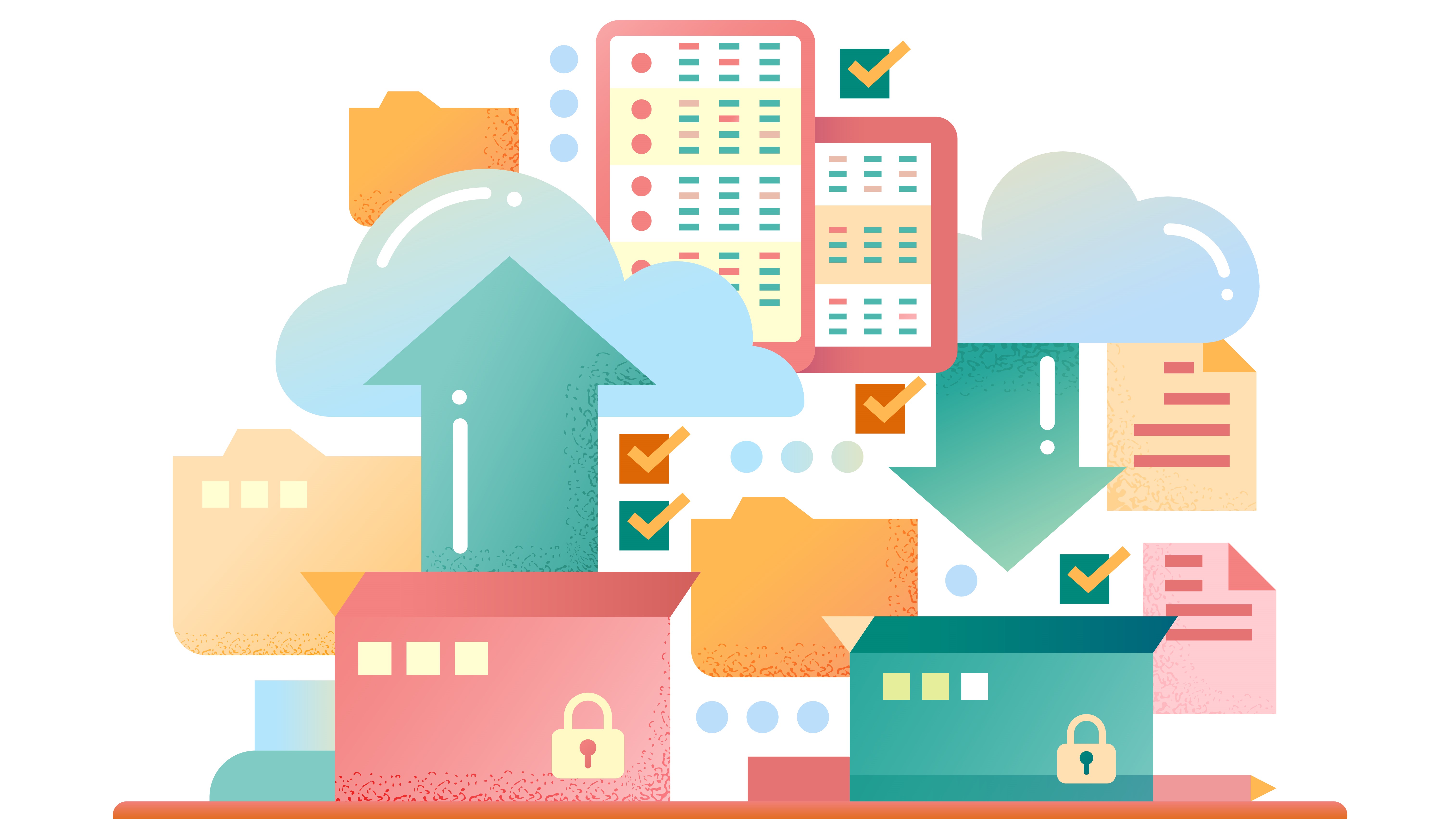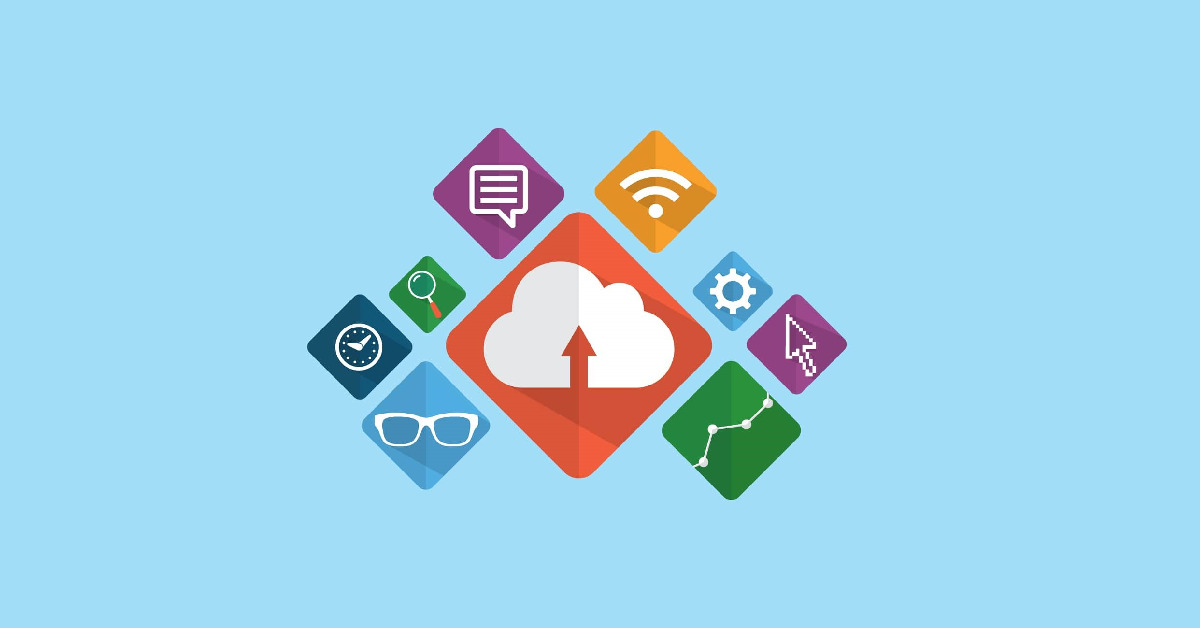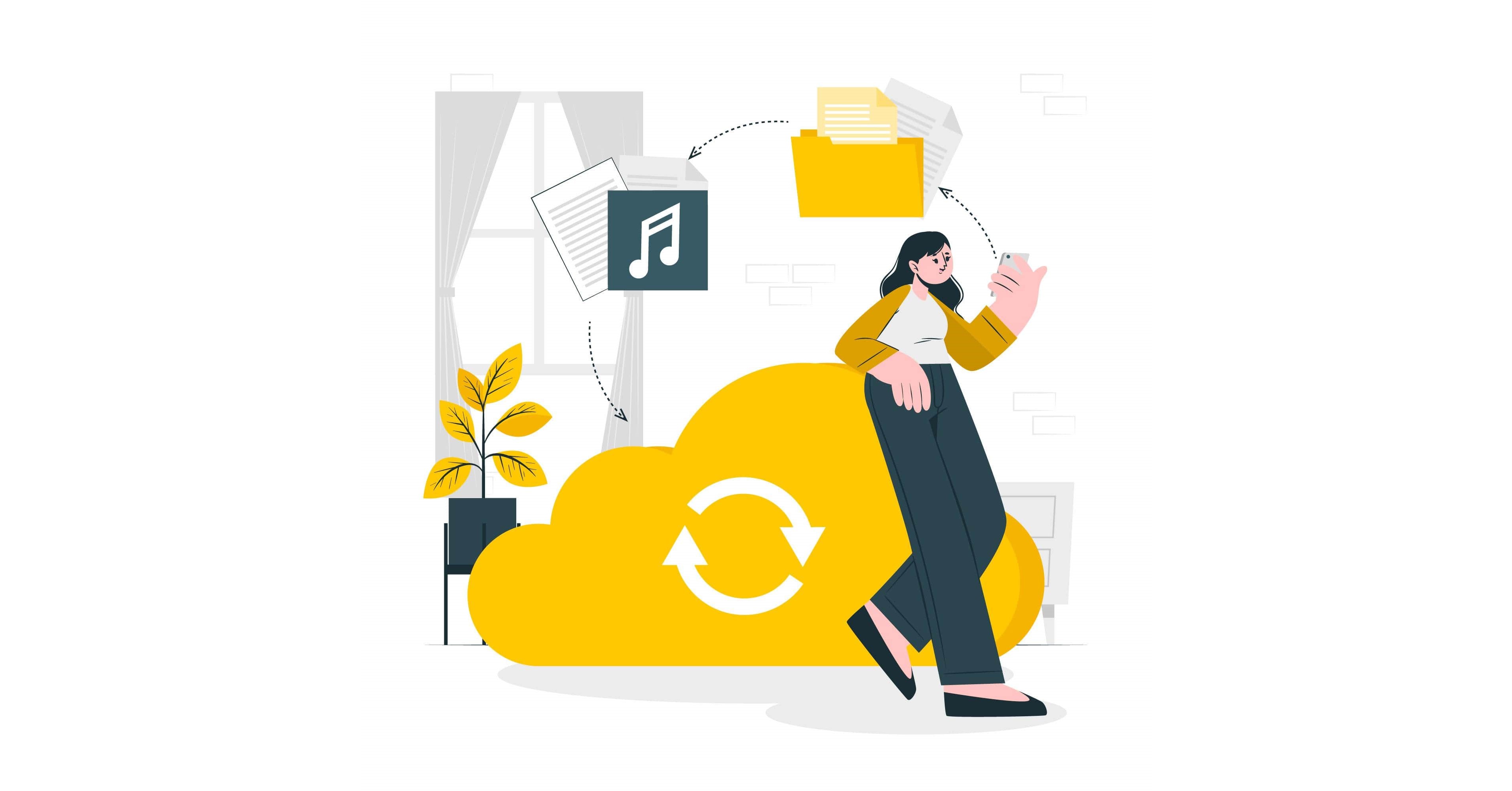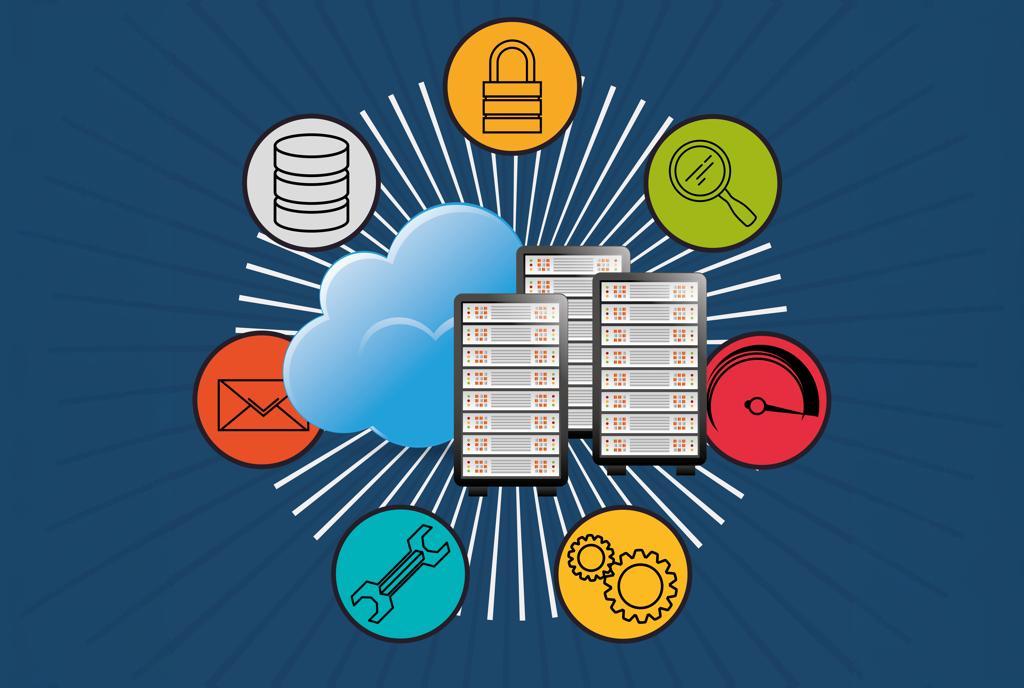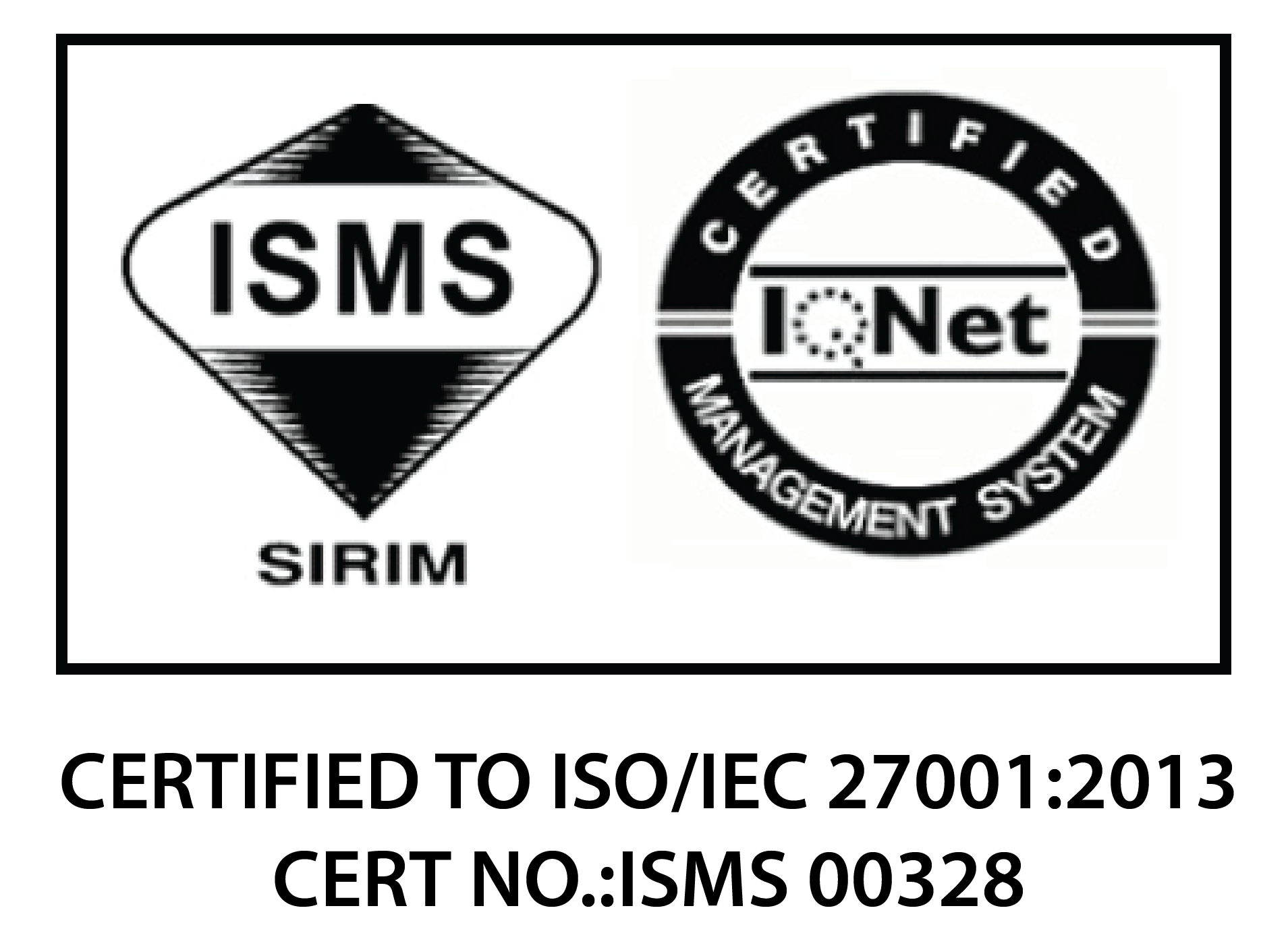On-premise backups are an essential component of your disaster recovery plan, but by no means are they exclusively unabbreviated solutions. First off, let’s make clear each definition, respectively.
Backups are copies of data in a secondary form that can restore an original file after a failure or disastrous event. These copies are commonly stored onsite for rapid and convenient access. However, one should store copies meant for disaster recovery purposes offsite to ensure access even when your primary location is unavailable.
Disaster Recovery (DR), on the other hand, stretches beyond replacing old files. This strategic security planning model aims to maintain critical functions during natural or human-induced disasters, such as floods or malware. A DR solution’s main objective is to recover all your lost systems within a reasonable time, minimising disruption and ensuring business continuity.
Both go hand in hand to support business continuity, and we’ll gladly tell you why.
Planning for Backup vs Disaster Recovery
Backups seem straightforward enough—you back up all systems and monitor the process to make sure it’s successful. Still, ways to manage backups diversify. There’s Full Backup, Incremental Backup, Differential Backup, Offsite Backup, Cloud Backup, Remote Backup and so on.
Many businesses utilise multiple backup solutions simultaneously. This strategy can be valuable as long as they know where each application is stored. Typically, you can automate the process, and any failures will trigger a notification to IT support.
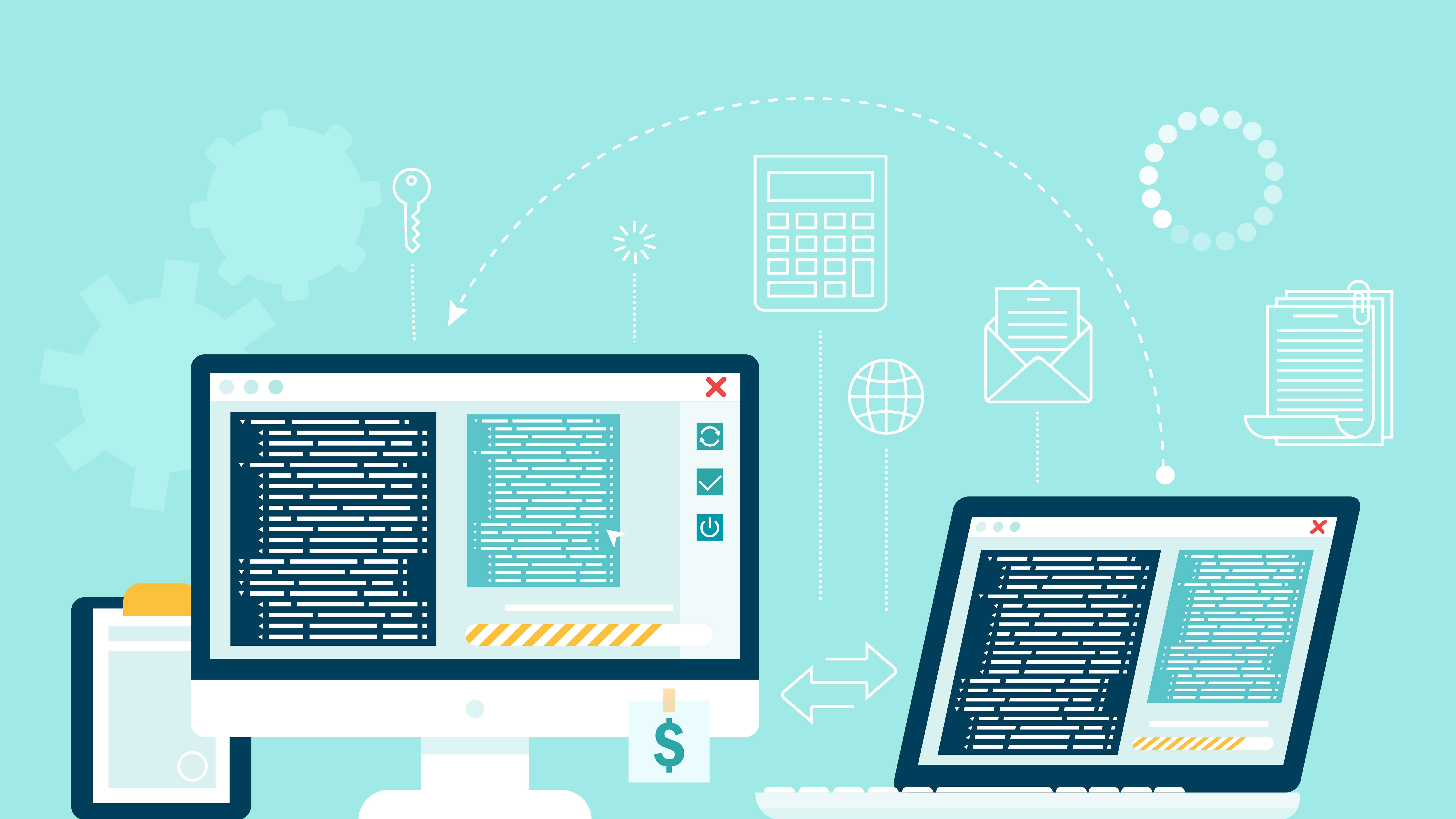
Disaster recovery requires more comprehensive planning as it encompasses the complete strategy for responding to unfavourable scenarios. Even with a secured data backup strategy, you must identify all mission-critical systems and prioritise their restoration.
Below are the factors to take into consideration:
- Recovery time objectives: How fast should you restore the system to its full effect?
- Recovery point objectives: How much data can you afford to lose?
- Who is in charge of all this?
Identifying these objectives will help you build a resilient game plan that aligns your backup policy with your DR strategy. Subsequently, it could work well for your business in rough times. These recovery procedures can get quite complex, so it’s wise to test them at least once a year to avoid any overlooked steps or applications.
Why You Need Backups and Disaster Recovery
Although your infrastructure resides safely in the cloud, some providers’ retention strategy (how long old data is stored) won’t necessarily meet your needs. Moreover, while the cloud does provide high availability, cases of cloud outages can still impact customers.
Of course, we’re not downplaying the vitality of backup solutions. Did you know that 70% of businesses have or will experience data loss from accidental deletion, hardware failure, viruses, fire, or other unforeseen catastrophes?
Ergo, you would still need to utilise both solutions for maximum protection.
Read More: Transitioning to the Cloud: A Step-by-Step Guide for Malaysian SME
Create a Backup and Disaster Recovery Plan
For your backup solution strategy, we recommend documenting where all your applications are backed up, the frequency and scope of backups, retention spans, encryption, testing, and access. DR plans are dependent on risk assessment and business impact analysis, allowing you to identify critical systems and IT services much clearer.

Only then can you create specific RTOs and RPOs accordingly, based on your unique environment. Developing a DR plan that comprises both prevention and response protocol is key to keeping your business up and running in times of adversity.
Aegis works with clients to hedge against natural events and human error, perform success-guaranteed DR drills assisted by dedicated professionals. We offer convenience in your office space, any time of the year.
Aegis simplifies your business continuity needs while providing the most cost-effective solutions. With Aegis 1Price-Any-Technologies (1PAT), Aegis guarantees successful backup/restore across heterogeneous platforms.
Aegis’ Disaster Recovery-As-A-Service (DRaaS) provides DR services with complimentary unlimited DR resources and DR drills.
Moreover, Aegis Managed Services helps to monitor and manages your backup and DR services 24×7, including ad-hoc backup and restoration.
Learn more about our effective solutions bundled with unlimited DR resources and foolproof your disaster recovery plan before it’s too late.

